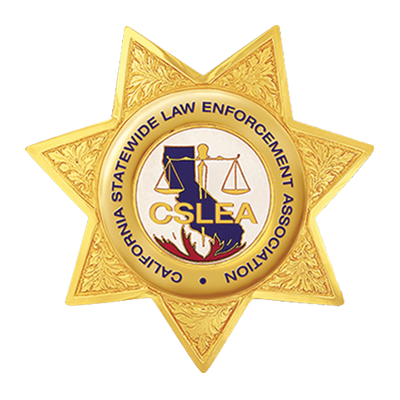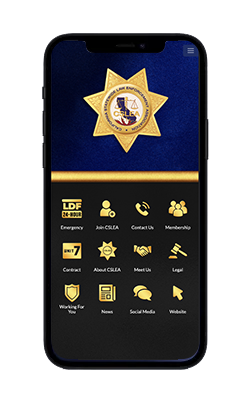A critical incident can best be defined as a serious injury or death caused by an employee’s operation of a motor vehicle or the application of force, including officer-involved shootings and in-custody deaths.
Assuming the involved employee is physically capable, he or she should provide the first field supervisor to arrive on scene a brief narrative outline of the circumstances surrounding the critical incident for purposes of conducting further investigation, developing a crime scene and providing public safety. This is especially true in the case of an officer-involved shooting where armed suspects may remain at large or weapons have yet to be secured. The employee should provide the field supervisor only those facts necessary to ensure public safety at the crime scene. The employee should refrain from detailing his/her state of mind as to the justification or actions taken.
As those who have experienced critical incidents can attest, it is not unusual for a large number of co-employees to arrive on scene to provide support and assistance. The “involved” employee is cautioned to avoid “venting” to other employees the circumstances of the incident. Such statements only serve to make non-involved employees potential witnesses. The information related by the involved employee may also be inconsistent with a subsequent statement given to detectives.
The Walk-Through
Employees involved in critical incidents are encouraged to contact the CSLEA Legal Defense Fund at any time of day or night to secure the services of an attorney experienced in such matters. CSLEA LDF has a list of qualified attorneys throughout the State of California who are specialists in the representation of employees involved in critical incidents and have provided the CSLEA LDF Legal Administrator contact information to ensure their availability at all times. The CSLEA LDF 24-hour hot line for CSLEA members is (800) 533-5448.
The critical incident scene supervisor and/or lead homicide investigator must wait a reasonable time for a CSLEA member’s attorney to arrive on scene prior to conducting a walk-through of the incident. Statements given by the involved employee during the course of the walk-through should be limited to physical positions and/or locations of vehicles, angles and directions of travel, the flight of ammunition and number of discharged rounds. The involved employee should again refrain from making state of mind representations.
Providing a Formal Statement
The determination as to whether an involved employee will provide a voluntary statement to homicide or traffic investigators is made on a case-by-case basis with the advice of counsel. Generally, an employee involved in a critical incident is not the focus of a criminal investigation and therefore, the investigating agency has no legal obligation to Mirandize the employee. Under circumstances in which the employee was clearly justified in his/her actions, a non-Mirandized statement will normally be provided. In some circumstances an employee may be advised to assert their right against self-incrimination, i.e. to afford the employee and his/her attorney the opportunity to review physical evidence/witness statements.
Summary
Employees involved in critical incidents should be mindful of the following:
- To the extent possible, refrain from “venting” to other employees the details of the incident;
- Any statements given outside the presence of an SPOA attorney should be limited to basic facts and the employee should avoid representations regarding state of mind; and
- Prior to being questioned regarding the details of the incident outside the presence of an attorney, the employee should ask the investigator whether they are entitled to a representative. Regardless of the whether the investigator agrees that the employee is entitled to representation, the employee should assert his/her right to a representative if the employee believes that his/her responses might subject the employee to administrative discipline or criminal charges.



